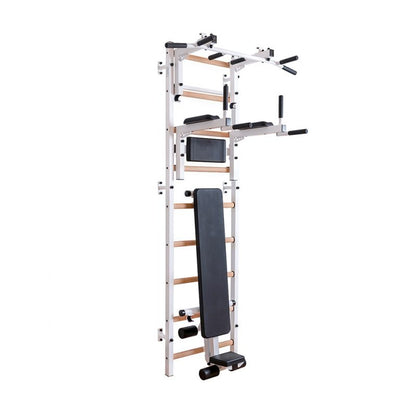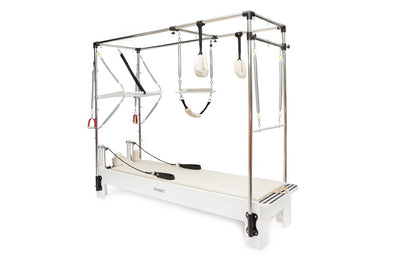
The Right Way To Do Pilates: Learn The 6 Principles
Doing Pilates The Right Way: Learn The 6 Principles
Pilates, beyond being a modern-day fitness trend, is a deeply rooted method of body conditioning. It's not just about stretching or core strengthening; it's a holistic approach to body and mind synergy. But how can one ensure they're maximizing the benefits of this method? Enter the six foundational principles of Pilates.
History and Evolution of Pilates
Before diving into the principles, let's take a brief look back:
-
Origins: Pilates was developed by Joseph Pilates in the early 20th century. Originally named "Contrology," it focused on mind-body control.
-
Joseph Pilates’ Vision: Joseph believed in the harmonization of body, mind, and spirit, which he thought was achievable through his methodology.
The Core Foundation: Understanding The 6 Principles
-
Centering: Everything begins in the core or, as often referred to in Pilates, the "Powerhouse". This isn’t just the abs, but it encompasses the area from the lower ribs to the hips. Every movement radiates outwards from this center.
-
Concentration: Joseph Pilates once said, "It is the mind itself which builds the body." Concentration ensures you're fully attuned to every movement, creating a deep mind-body connection.
-
Control: This isn't about brute strength. Instead, it emphasizes controlled, deliberate movements. The idea? Less is more when done correctly.
-
Precision: In Pilates, quality trumps quantity. It's not about how many reps you can do but about the accuracy and efficiency of each movement.
-
Breath: Every breath you take... plays a crucial role in Pilates! Proper breathing techniques fuel the exercises and ensure optimal oxygenation of muscles.
-
Flow: Pilates is like a dance. Every movement flows seamlessly into the next, creating a fluid routine that feels graceful and dynamic.
How These Principles Shape a Pilates Session
-
Integration in Routines: Each Pilates exercise is a beautiful blend of these six principles. Whether it's the "Hundred" or the "Swan Dive", every move embodies them.
-
The Symbiotic Relationship Between Principles: One principle feeds into the other. For instance, proper breath control can enhance precision and flow.
Why Adhering to the Principles Matters
-
Benefits of Proper Practice: Adhering to the principles ensures you reap the full benefits of Pilates - enhanced muscle tone, improved posture, increased flexibility, and a calmer mind.
-
Risks of Overlooking the Principles: Ignoring these guidelines could result in suboptimal results or even injury. Why settle for mediocrity when excellence is within reach?
Conclusion
Pilates is much more than a series of movements; it's a philosophy, a discipline, and a lifestyle. By honoring and integrating the six principles into each session, you're not just doing exercises; you're experiencing Pilates as Joseph intended. Ready to embrace the dance of Pilates?
FAQs
-
Who was Joseph Pilates?
He was the founder of the Pilates method, aiming to improve physical and mental health.
-
Can I practice Pilates at home?
Absolutely! However, beginners may benefit from initial guidance by a certified instructor.
-
Is Pilates suitable for everyone?
Generally, yes. But those with specific health conditions should consult their doctor first.
-
How is Pilates different from Yoga?
While both emphasize breath and movement, Pilates focuses more on core strength and muscle toning.
-
How often should I practice Pilates?
Ideally, 3-4 times a week. However, even once a week can offer benefits if done consistently.
« Back to Pilates Blog





